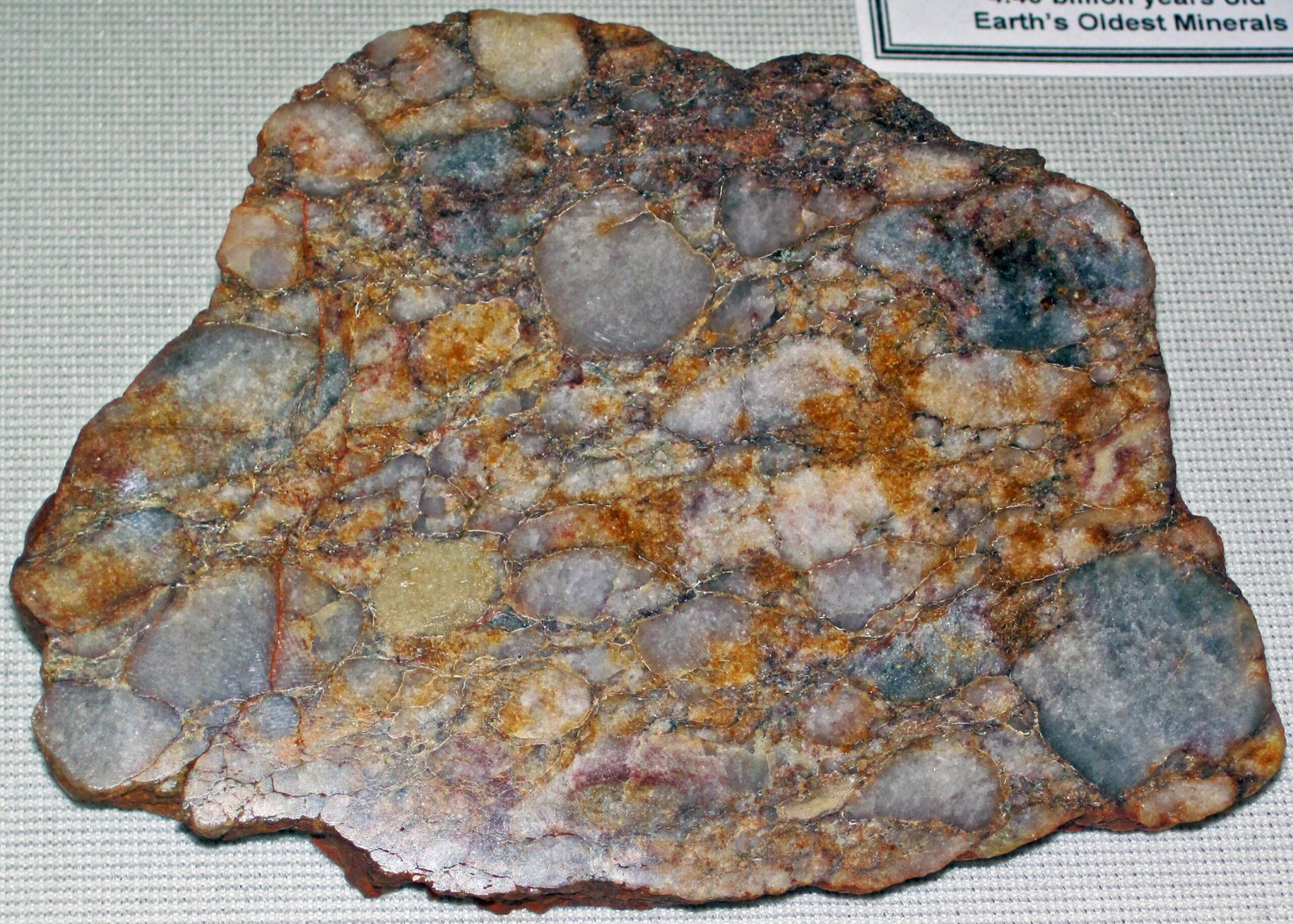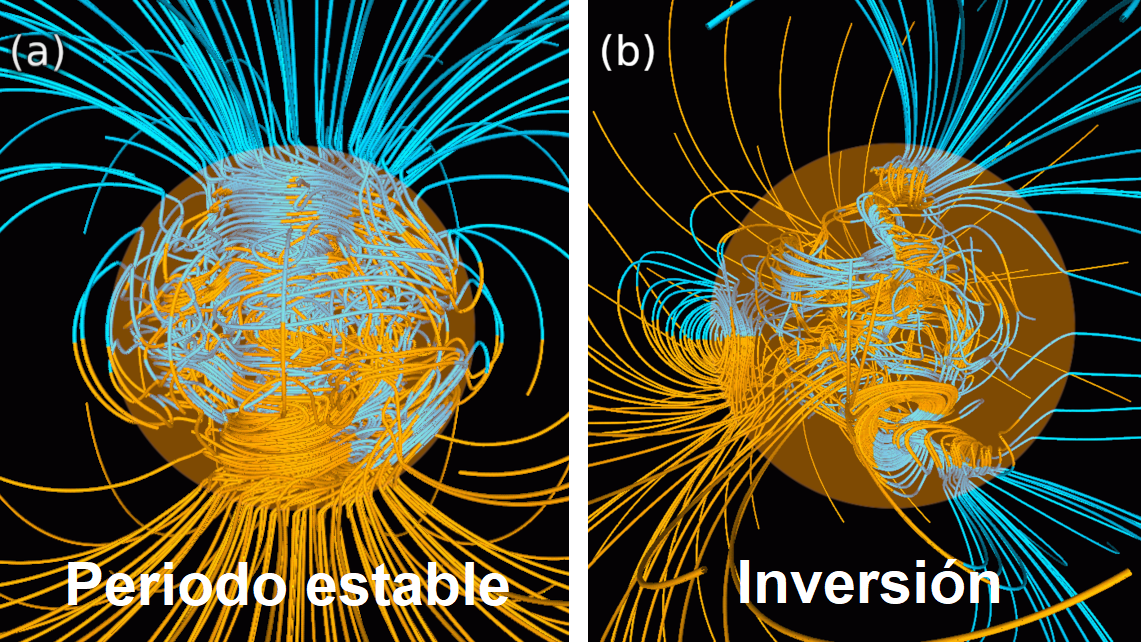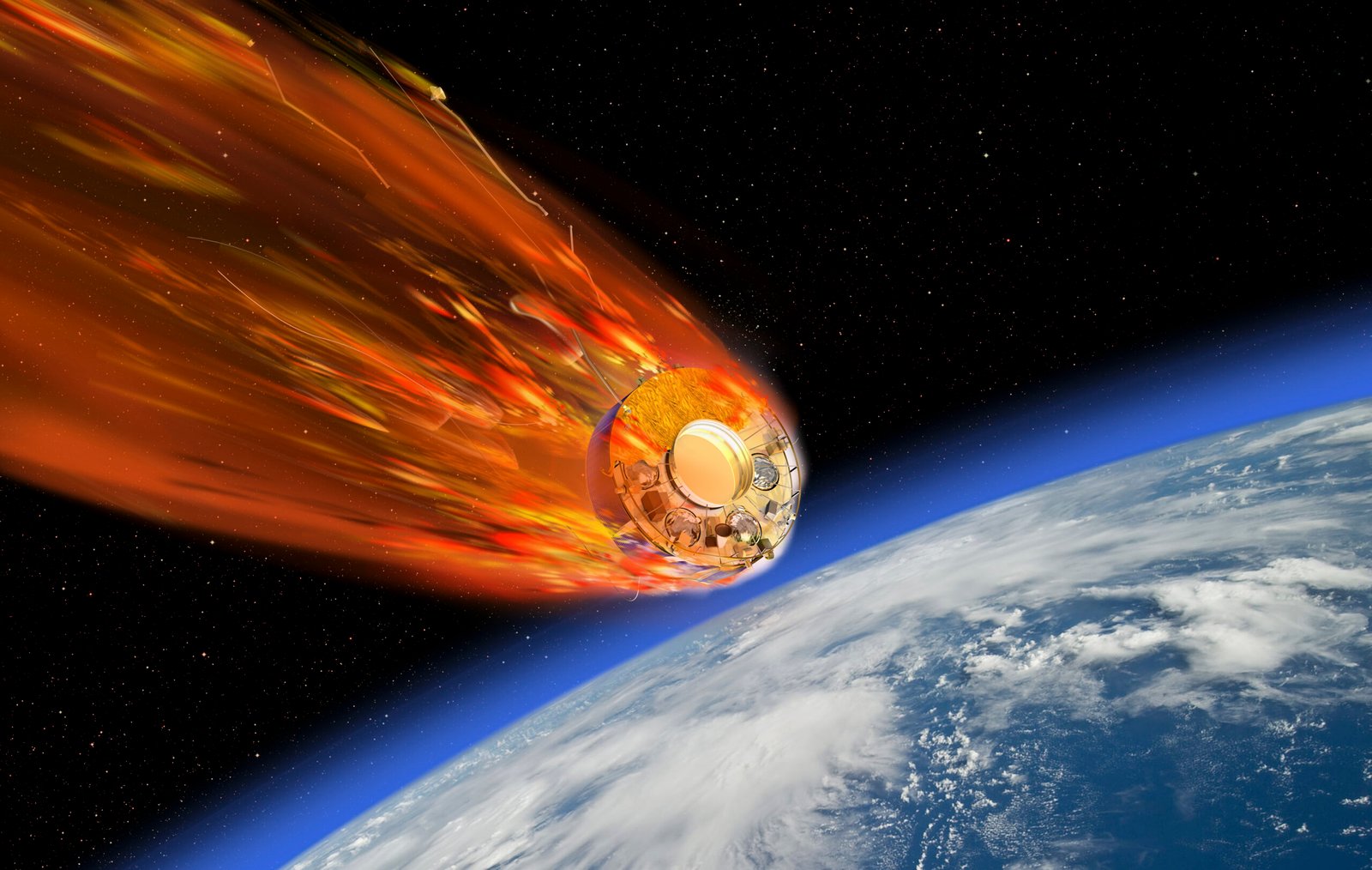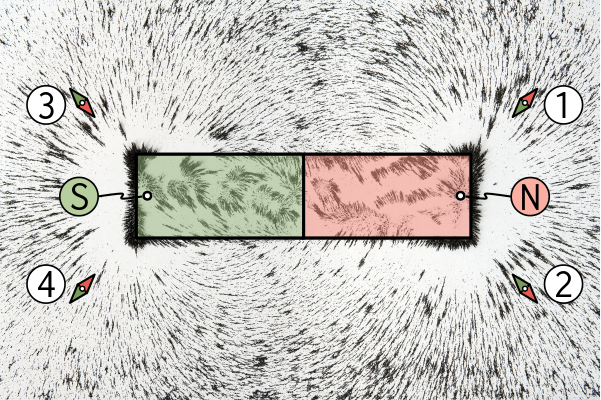Imagine waking up one morning to a world where compasses point south instead of north, where auroras shimmer across the equator, and where nature’s invisible shield—the magnetic field—suddenly feels uncertain. It’s not a plot from a science fiction movie, but a real possibility that Earth has faced throughout its extraordinary history. The idea that our planet’s magnetic field could flip, turning north into south and vice versa, is both thrilling and unsettling. Such dramatic events, known as geomagnetic reversals, have shaped the course of life and climate on Earth in ways we’re only beginning to understand. So, what really happens when our planet flirts with a magnetic flip, and how close have we come to witnessing this awe-inspiring transformation in our own time?
The Invisible Force That Shields Our World
Beneath our feet, deep inside the Earth, a churning ocean of molten iron swirls around the solid core. This motion creates a powerful magnetic field that stretches far into space, protecting us from cosmic radiation and solar storms. Without this invisible barrier, life on Earth as we know it could never have flourished. The magnetic field guides migratory animals, powers navigation systems, and even helps shield our precious atmosphere from being stripped away by solar winds. It’s one of those silent guardians, always present but rarely noticed—until something changes.
What Is a Magnetic Field Reversal?
A magnetic field reversal happens when the magnetic north and south poles swap places. This is not a sudden flip of a switch, but rather a slow, chaotic dance that can take thousands of years to complete. During a reversal, the field becomes weaker and more complex, sprouting multiple north and south poles around the globe. Imagine a compass needle spinning in confusion, unsure which way to point. These reversals are recorded in the magnetic patterns of ancient rocks, leaving a geological fingerprint that tells us the story of Earth’s restless heart.
Signs from the Past: Evidence in the Rocks

Scientists have pieced together the history of magnetic reversals by studying volcanic rocks and ocean floor sediments. As molten lava cools, tiny magnetic minerals align themselves with the prevailing magnetic field, freezing a snapshot of its direction. By analyzing layers of rock from different ages, researchers have discovered that Earth’s magnetic field has flipped hundreds of times over the last 160 million years. Some periods have seen frequent reversals, while others—like the current stretch—have gone nearly 800,000 years without a flip. The evidence is etched in stone, telling a tale of cosmic drama written over eons.
The Laschamp Event: The Last Great Near-Miss

Roughly 41,000 years ago, Earth’s magnetic field did something spectacular—it weakened dramatically, nearly collapsing before rebounding. This event, known as the Laschamp Excursion, lasted for less than a thousand years. During this time, the field’s strength dropped to just 5-10% of its normal level, and the poles wandered across the globe. Although it didn’t complete a full reversal, the Laschamp Excursion was close—a near-miss that left its mark in ice cores, deep-sea sediments, and even in the ancient cave art of our ancestors. The world may have been bathed in dazzling auroras and exposed to increased cosmic rays, but life endured.
What Triggers a Flip?

The exact cause of magnetic reversals remains one of Earth’s great mysteries. Scientists believe it’s linked to the turbulent motion of molten iron in the outer core, which generates the magnetic field through a process called the geodynamo. Sometimes, the flow becomes unstable, leading to a disruption in the field’s structure. This instability can create temporary poles or even trigger a complete flip. Think of it like a pot of boiling soup—occasionally, the swirling currents change direction, and the entire system reorganizes itself. While we don’t fully understand why reversals happen when they do, the clues lie deep within our planet’s fiery heart.
Life on the Edge: How Would a Flip Affect Us?
If the magnetic field were to flip today, the consequences could be dramatic, but not catastrophic in the way some might imagine. During a reversal, the field would weaken, allowing more solar and cosmic radiation to reach the surface. Satellites and power grids could be more vulnerable to geomagnetic storms, and migratory animals that rely on Earth’s magnetic cues might become disoriented. However, there’s no evidence that reversals have caused mass extinctions or apocalyptic events in the past. Humanity would adapt, just as our ancestors did. It would be a period of challenge and wonder, filled with breathtaking auroras and new scientific discoveries.
Modern Warnings: Is a Flip Coming Soon?

In recent decades, scientists have noticed that the magnetic field is weakening at a rate faster than usual—particularly over a region called the South Atlantic Anomaly, where the field is unusually weak. This has led to speculation that a reversal could be on the horizon. However, the field has fluctuated before without flipping, and the process could still take thousands of years. Researchers monitor changes using satellites and ground-based observatories, keeping a close watch on the magnetic heartbeat of our planet. While a flip is possible, it’s not something to fear—just another chapter in Earth’s ongoing story.
The Role of Technology in Understanding Magnetic Flips

Thanks to advances in technology, scientists can now map and monitor the magnetic field in unprecedented detail. Satellites like the European Space Agency’s Swarm mission provide a global view, tracking shifts in the field’s strength and direction. Supercomputers simulate the turbulent flows of Earth’s core, offering insights into the hidden mechanics that drive reversals. These tools allow us to peer into the planet’s depths, unraveling secrets that have puzzled humanity for generations. As our understanding grows, so does our ability to prepare for whatever changes the future may bring.
Magnetic Mysteries: The Impact on Animals and Nature

Many animals—such as birds, turtles, and even some bacteria—rely on Earth’s magnetic field for navigation. During a reversal, the field’s complexity could confuse these natural navigators, leading to surprising changes in migration patterns. Scientists have found evidence that some species may have adapted to these shifts in the past, using other cues like the sun or stars when magnetic signals fail. Nature’s resilience shines through, reminding us that life is endlessly adaptable, even in the face of planetary upheaval.
Everyday Life and the Magnetic Field

You might not think about the magnetic field as you go about your day, but it plays a subtle yet crucial role in our lives. From the accuracy of GPS systems to the stability of power grids, many technologies depend on a stable magnetic environment. Pilots and sailors still carry compasses as backups, a centuries-old tradition rooted in the field’s reliability. If a reversal were to occur, society would need to adjust, updating navigation systems and reinforcing infrastructure to withstand increased radiation. It’s a reminder that beneath the surface of everyday life, powerful forces are always at work.
Looking Forward: What Can We Learn?
The story of Earth’s magnetic field is one of resilience, change, and awe-inspiring power. By studying past reversals, scientists gain insights into the natural rhythms that shape our planet. These lessons help us prepare for future changes, both expected and surprising. The magnetic field’s twists and turns remind us that Earth is a living, breathing world—dynamic, unpredictable, and utterly fascinating. Understanding its secrets brings us closer to the heart of the planet we call home.



